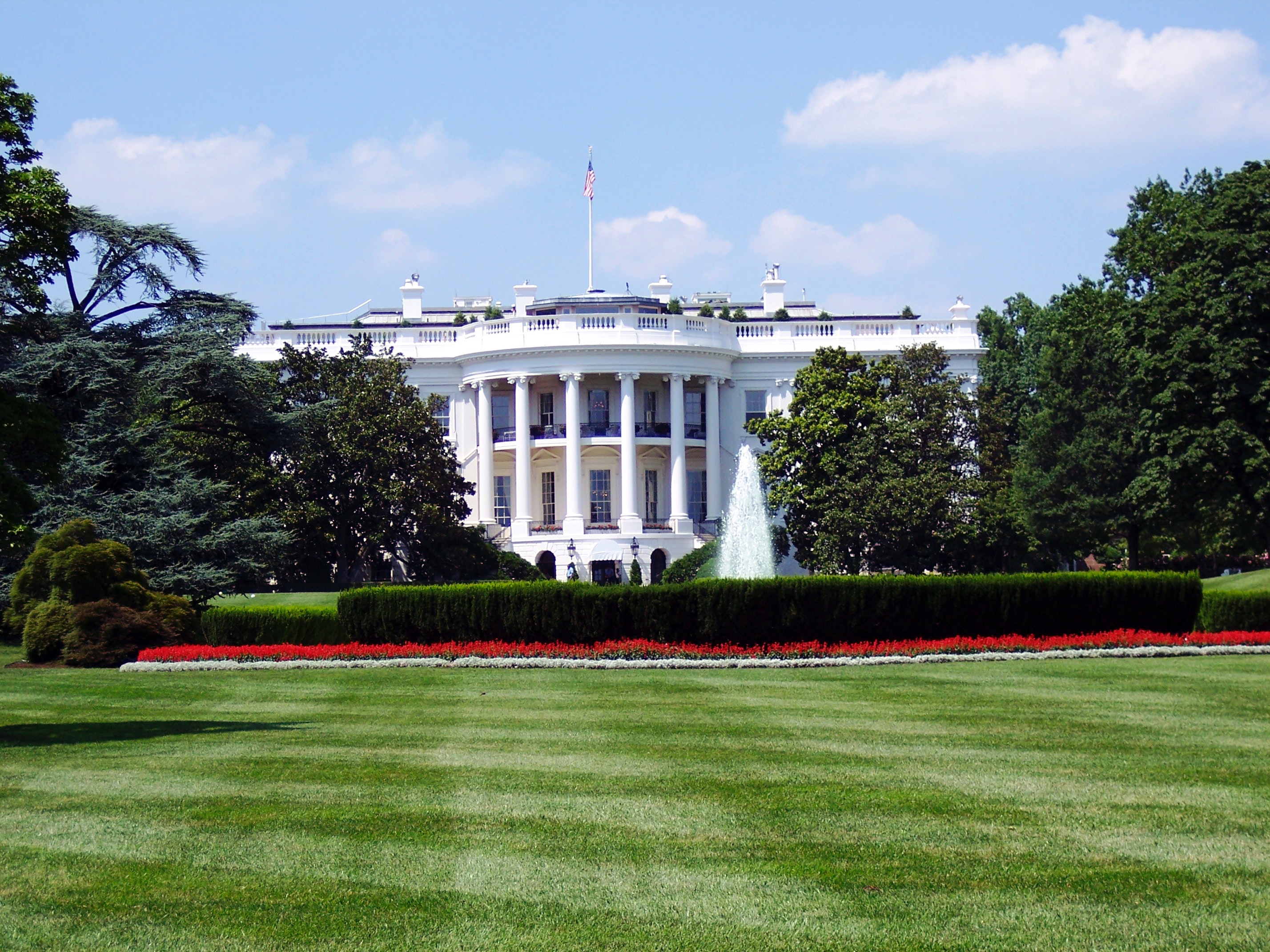A Look at Manufacturing Under the Trump Administration

It has been approximately 18 months since President Donald Trump was sworn in as the 45th president of the United States. On the campaign trail, Trump expressed his concerns with American jobs being lost oversees and his desire to incentivize U.S. corporations to bring those jobs back to America. In Trump’s time in office, the Tax Cuts and Jobs Act passed and national unemployment has dropped to 3.9%, the lowest rate in nearly two decades. We have also seen tariffs implemented on steel, aluminum and over $50 billion of Chinese imports that “contain industrially significant technologies”. Recently we’ve seen significant discussion in the national news regarding what impact Trump’s positions regarding the G7 summit will have on the economy.
By most economic measures, the U.S. economy has thrived since Trump took office, but has the national economic expansion trickled down to Maryland and Greater Baltimore? Many of the local jobs that have gone overseas over the past several decades were those in the manufacturing sector. Specifically, Maryland and Greater Baltimore have seen the number of jobs and economic output decline in the manufacturing sector due to the closing or relocation of several national and international companies, which once supplied thousands of manufacturing jobs to the region.
According to a report from the Maryland Department of Commerce, the state currently supports an excess of 100,000 manufacturing jobs across industries ranging from traditional manufacturing such as automobile and aerospace to high-tech manufacturing of computer and electronic parts. The Maryland Department of Commerce also estimates manufacturing wages in Maryland of $7.6 billion with an average salary of $73,000, which is indicative of the shift from lower-skilled traditional manufacturing jobs to technology-driven manufacturing requiring a higher skill set to operate and program today’s machinery and equipment. In addition to the economic activity at the federal level, Maryland Governor Larry Hogan has also focused his agenda on economic development in Maryland and job growth for the state and has declared Maryland “Open for Business”. Hogan signed the “More Jobs for Marylanders Act” of 2017, which provides tax incentives for new manufacturing companies locating to Maryland or existing businesses that create additional local employment.
Changes in tax policies and business regulation at the federal and state level have created opportunities for manufacturers in new product development in industries such as aerospace and defense, healthcare, information technologies, energy and advanced materials. However, tariffs on aluminum and steel could hurt Maryland companies in the motor vehicle and aerospace industries, Maryland’s largest exports.
Therefore, while the manufacturing industry in Maryland and Greater Baltimore could see varying impacts dependent on the product manufactured, the region’s proximity to Fort Meade and world-renowned healthcare institutions will provide opportunity for growth in the sector. Companies taking advantage of local incubators such as Johns Hopkins Technology Ventures Fast Forward program, the Maryland Technology Enterprise Institute or Baltimore’s Open Works, maybe the drivers of innovation and research to fuel the industry growth. There are many sectors in a position to see economic growth and job development, such as the production of defense technologies, upgrades and advancements in information technology infrastructure or other high-tech products or medical treatments. Established businesses can get involved in these sectors through research and development tax credits at both the federal and state levels, and small businesses and start-ups can achieve growth through Small Business Innovation Research (SBIR) and Small Business Technology Transfer (STTR) grants. Both local entrepreneurs and established national and international companies have access to a highly-skilled workforce to envision and execute on new business opportunities, such as the development of robotics or new advancements in life-saving medical devices.
One thing is certain: we cannot predict the future, but we can help shape it. Now is time for the manufacturing sector to turn around and contribute to economic expansion in Maryland and Greater Baltimore.
As we approach 80 years, Ellin & Tucker remains firmly in the room, driven by a legacy of excellence in teamwork, leadership, and service. Our strength has always been in our people, and together, we’ll continue to stand with the next generation of difference-makers and leaders, ready to shape the future.